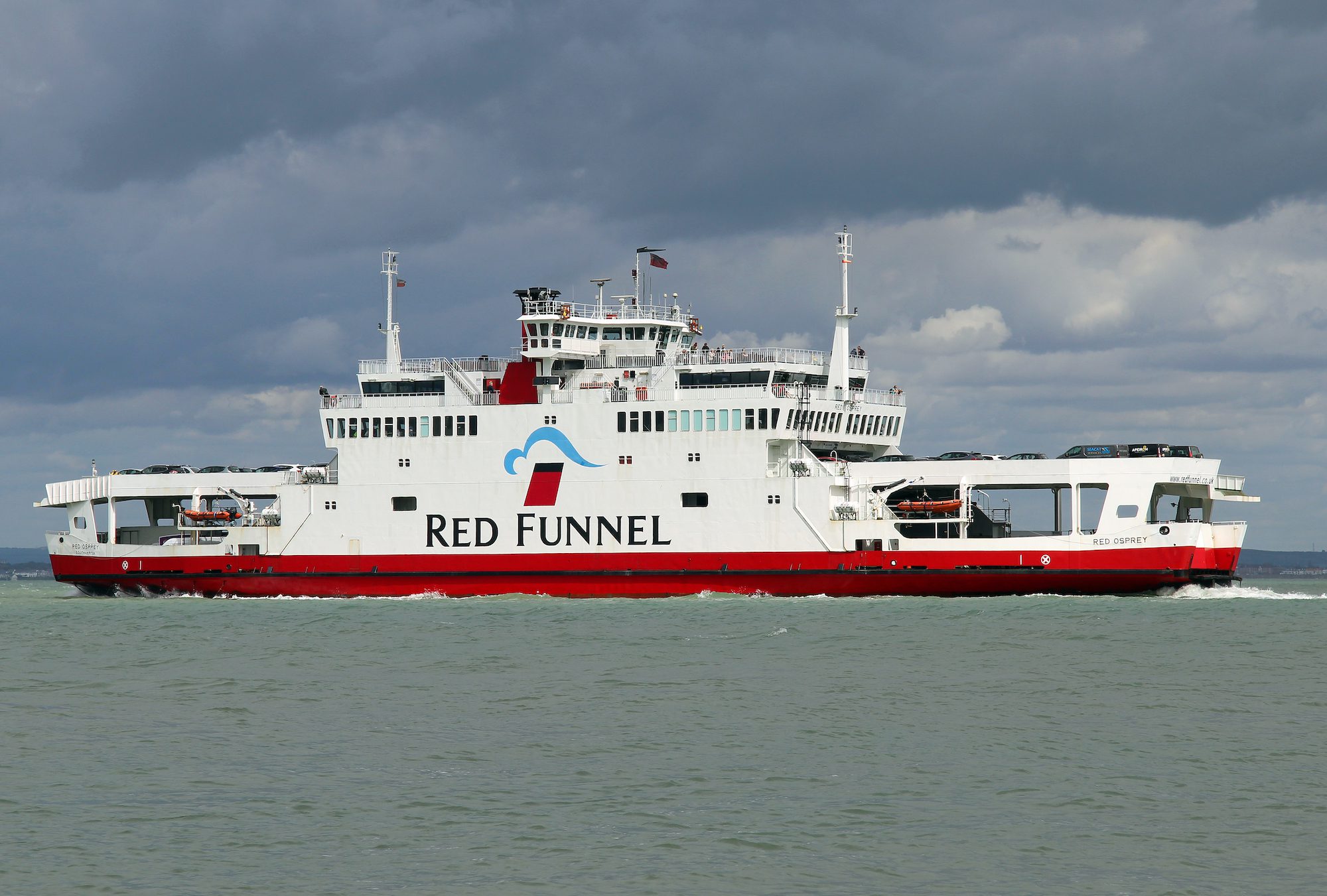Container shipping’s pandemic-driven surge has finally come to end as imports through the United States’ major container ports falls below the 2 million TEUs mark, the National Retail Federation said Monday in its monthly global port tracker report.
U.S. ports covered by Global Port Tracker handled 1.78 million TEUs this November, the latest month for which final numbers are available. That’s down 15.8% compared to November 2021 and an 11.3% drop from October.
November’s TEU volume is actually the lowest since February 2021 and only the second month since July 2020 that imports have fallen below 2 million TEUs.
Following the onset of the COVID-19 pandemic, retail imports to the U.S. plummeted to a four-year low of 1.37 million TEUs in March 2020 amid the temporary shutdown of much of the nation’s economy. But as consumers adjusted to their new COVID-19 lifestyles, pent-up demand came roaring back and retail imports topped the 2 million TEUs by August 2020—where they remained pretty much until this winter.
“After nearly three years of COVID-19’s impact on global trade and consumer demand, import patterns appear to be returning to what was normal prior to 2020,” Hackett Associates Founder Ben Hackett said.
The imports lull has given some ports an opportunity to clear congestion that had built up throughout the COVID-19 imports surge.
“Ports have been stretched to their limits and beyond but are getting a break as consumer demand moderates amid continued inflation and high interest rates,” NRF Vice President for Supply Chain and Customs Policy Jonathan Gold said. “Consumers are still spending and volumes remain high, but we’re not seeing the congestion at the docks and ships waiting to unload that were widespread this time a year ago. It’s good to escape some of the pressure, but it’s important to use this time to address supply chain challenges that still need to be resolved like finalizing the West Coast port labor contract.”
Ports have not yet reported December numbers, but Global Port Tracker projected the month at 1.88 million TEUs, down 10.1% year over year. That would bring 2022, which repeatedly broke monthly records in the first half of the year but saw significant drops in the second half, to an annual total of 25.7 million TEUs, down 0.7% from the annual record of 25.8 million TEUs set in 2021.
Despite the slowdown in cargo, retail sales are on track to meet NRF’s forecast of 6% to 8% growth over 2021 for both the full year and the holiday season when December’s sales numbers are released next week.
January is forecast at 1.91 million TEUs, down 11.5% year over year. February is forecast at 1.63 million TEUs, the lowest since 1.61 million TEUs in June 2020 and a 23% drop from last year, when backed-up cargo kept congested ports busy. March is forecast at 1.75 million TEUs, down 25.5% year over year; April at 1.94 million, down 14.5%, and May at 2 million TEUs, down 16.2%.
“Nonetheless, as inflation eases and consumer spending returns, we project that growth will slowly return going into the second half of the year,” adds Hackett.
Unlock Exclusive Insights Today!
Join the gCaptain Club for curated content, insider opinions, and vibrant community discussions.

 Join The Club
Join The Club













